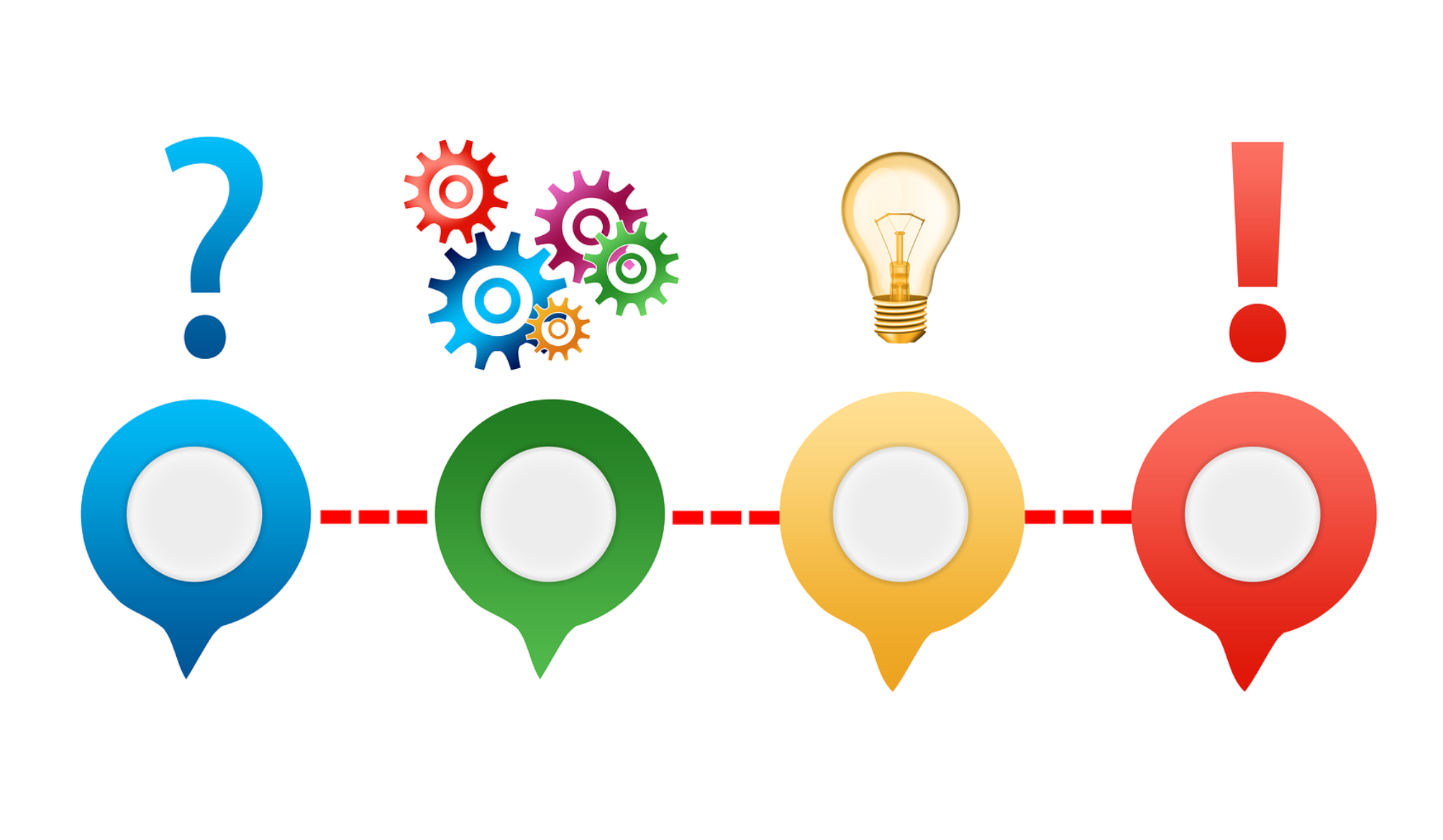To find solutions to business problems, it’s helpful to have mental maps and mental models to solve what you’re trying to get at.
Let’s take a look at 8 mental maps:
Table of Contents
1. Jobs to be done
What is the customer trying to do with your product?
What job can it accomplish?
Apple’s well-known iPod ad stood out for focusing on a job-to-be-done instead of listing out its features.

2. Product-market fit
Do people fundamentally want your product?
Does it have proven demand?
This is the most important mental map when you’re building a product or service for a startup.
Always focus on validating your product or service with your customer.
3. First Principles Thinking
To solve any problem:
a) Identify the facts/realities and the assumptions involved.
b) Separate the two and identify the core blocks of each.
c) Use the core building blocks to figure out new solutions.
4. Activation energy
What is the minimum amount of time, effort, and energy required to reach the desired outcome?
For example, when you start a blog or YouTube channel, you’re not going to make money right off the bat.
It takes time getting traction with Google search SEO, building followers, and so on.
5. Velocity
Startups are about making iterative improvements and building momentum with sales and market share.
Developing a mindset of speed when it comes to everything is important.
You can do this by:
a) Launching a minimum viable product (MVP) fast and getting it to customers.
b) Iterating one step at a time and adding new features based on customer feedback
6. Idea Maze
Your startup can take various different pathways.
Businesses will evolve in ways you won’t be able to know right now.
But being able to identify the right ones is key.

7. Hick’s Law
Hick’s Law states that the time and effort it takes to make a decision increases with the number of options provided.
The more options (products and services) you offer, the harder it is for customers to decide.
Help your customers convert by keeping it simple and narrowing the options to only what’s needed.
This is why McDonald’s limits their menu options and Apple doesn’t provide too many base models of its products.
Related: 7 SaaS Pricing Strategies to Consider
8. Inversion & Reverse Engineering
Having trouble finding a solution to a problem?
Try reverse engineering it.
What is the goal and work backwards.
Example of inversion and reverse engineering
For example, let’s say you want to make $5,000 a month from your blog.
You figure that each article you write on a select list of topics will generate you 500 monthly pageviews.
You calculate that each click earns you $0.03 in advertising revenue.
So, to generate $5,000 per month, you need $5,000/$0.03 = 166,667 clicks per month
How many articles do you then need to write to be in the ballpark?
166,667/500 = 333 articles
So, if you write 1 per day, you should get there in about a year and hit your revenue goal if your other assumptions hold true.
If your traffic per article is better per article or your revenue per click is more, even better!
If you fall a bit short, check to see if it’s a flaw somewhere in your process or if your assumptions were simply too optimistic.
Related content
- How to Make Great-Quality Content
- How to Create Content Faster
- 29 Ways to Be Insanely More Productive at Work


